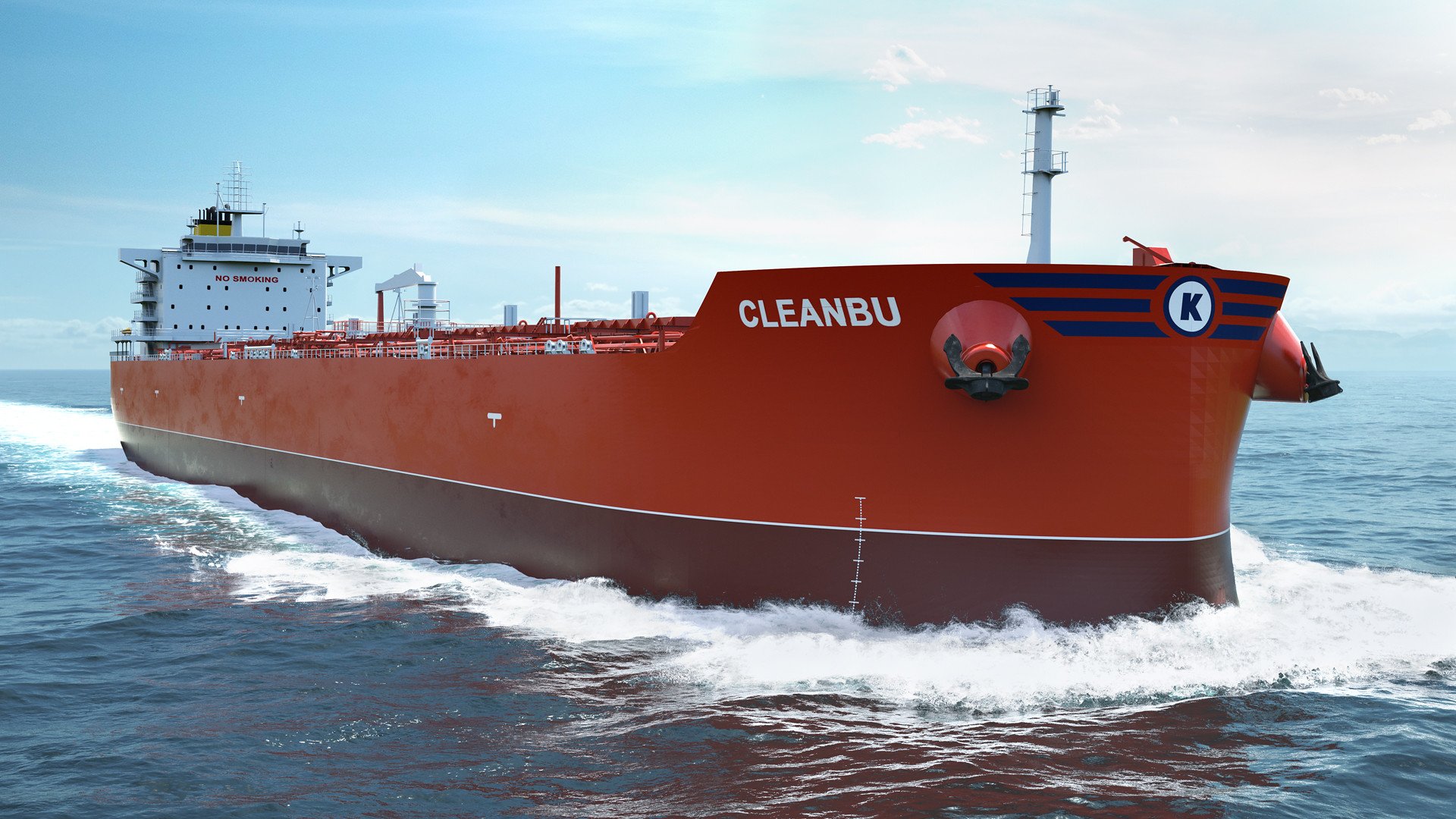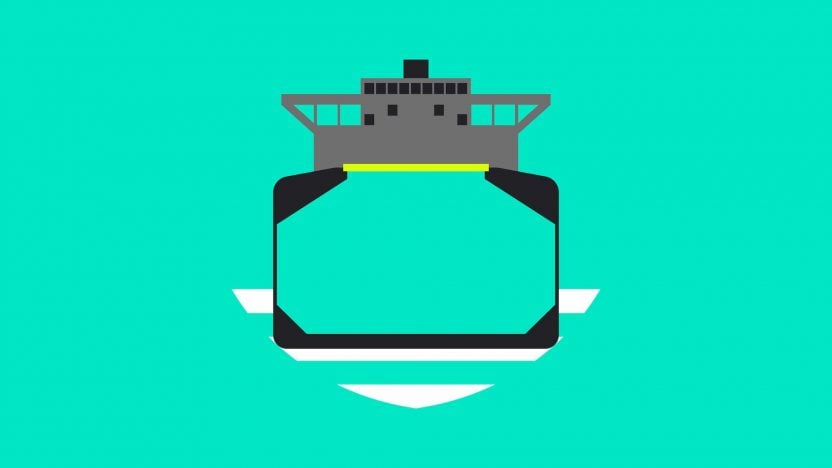Bulk carriers
Bulk carriers are the work horses of the merchant fleet, transporting the raw materials that enable us, amongst other things, to house, heat and feed our populations and manufacture products.
Three major bulk cargos are:
- iron ore (a key ingredient for the manufacture of steel),
- coal (both an energy source and a secondary ingredient of steel), and
- grain.
Other bulk cargoes include products such as bauxite, cement, fertilisers, rice, sugar and timber to name just a few. Bulk carriers are also used to carry manufactured products such as steel coils.
The bulk fleet is crucial to industry and modern life.
Bauxite and iron ore, two typical cargoes, are used to manufacture essential the essential materials aluminium and steel, the latter is used in every aspect of our lives, from buildings to cars to refrigerators and medical equipment. Coal, another common cargo remains a key feedstock for the generation of energy. Meanwhile, the transport of grains and other foodstuffs from the world’s main agricultural regions provides the basis to feed the world’s population.
Bulk carriers offer the most environmentally friendly method of transporting large volumes of dry cargo long distances: the typical bulk carrier emits 6.5 gCO2/tonne nm, versus 61 gCO2/tonne nm for rail transport.
Structure

These ships can be identified by the long flat deck in front of the accommodation block on which are located large hatchways which give access to the cargo holds below the deck. The hatchways are protected by hatch covers that protect the holds from the ingress of water which may damage cargo or make the ship unstable.
Smaller bulk carriers are also sometimes equipped with their own cargo cranes and these are known as ‘geared’ bulk carriers. Bulk carriers without their own cargo cranes are known as ‘gearless’ bulk carriers and these depend on the equipment at the ports they visit to load and discharge their cargoes.
Tramp trade
Dry bulk carriers often operate on a ‘tramp’ trade basis, that is they finish one charter (or contract), and return to the open market to look for another charter which means that in a given year they may load and carry a diverse range of cargoes between many different locations.

